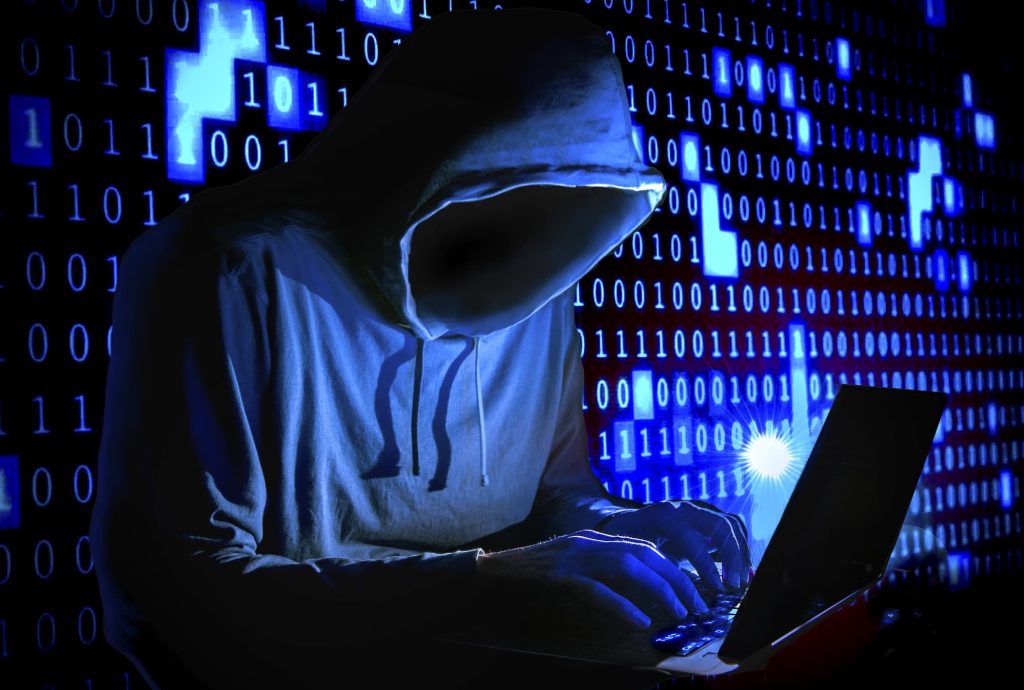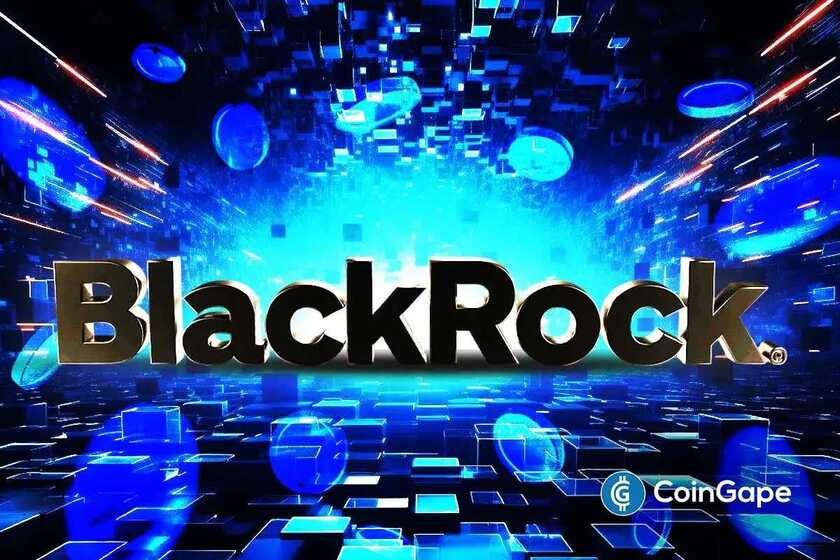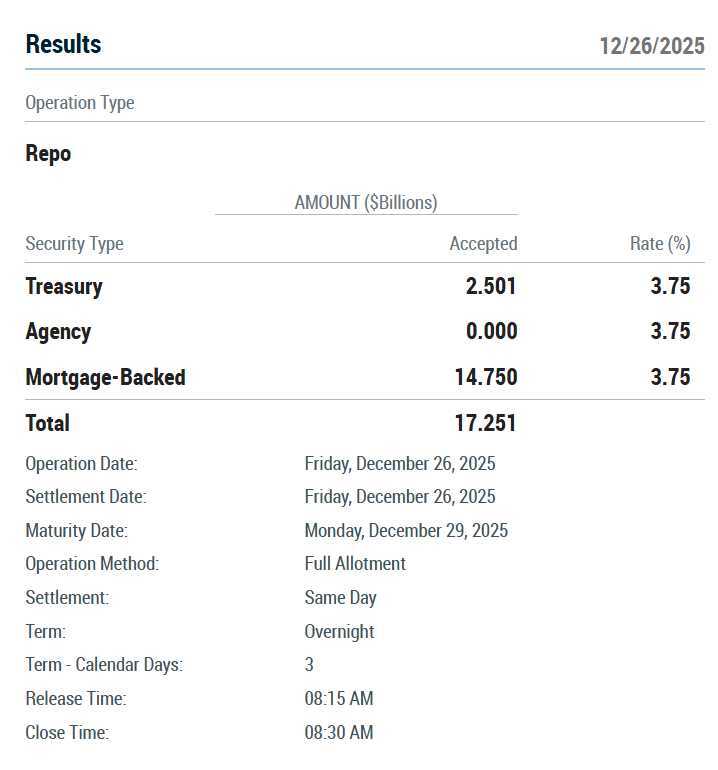Energy consumption has been a major source of criticism in the cryptocurrency business. Ethereum has finally deployed a huge network upgrade that dramatically transforms how the blockchain validates transactions, mints new currency, and secures its network.
This mechanism, known as proof-of-stake, has cut Ethereum energy use by more than 99 per cent. This sounds good. However, Bitcoin is unlikely to follow suit.
Is Bitcoin now green? No, but at least Bitcoin’s emissions of greenhouse gases are down than before. According to the Cambridge Bitcoin Electricity Consumption Index, Bitcoin’s greenhouse gas emissions decreased from 59 metric tons of carbon dioxide equivalent in October 2021 to 48.88 metric tons.
According to research released by Cambridge University’s Centre of Alternative Finance, Bitcoin is failing to go green, with the cryptocurrency recording only modest increases in its use of renewable energy in the year leading up to January.
Powerful computers connected to a worldwide network process Bitcoin transactions and “mine” new tokens in a competition to solve challenging mathematical puzzles. Policymakers, investors, and environmentalists concerned about the process’s impact on global warming criticise it for guzzling electricity and heavily relying on dirty fossil fuels like coal.
Green cryptocurrencies are those whose mining activities are powered by renewable energy sources.
Things are changing, and there are alternatives to make it “greener”
Solar
Currently, solar is said to as “the cheapest energy source.” Solar energy, which has the greatest pace of growth among all energy sources, presently provides three per cent of the world’s electricity while emitting no noise pollution and scaling up easily. Solar energy has global potential, in contrast to comparatively rare geothermal.
According to Bloomberg, a solar power company in South Africa pays investors with cryptocurrency. Sun Exchange allows investors to spend as little as US$4 on solar cells. Although the cost is lower than what would have been charged for electricity from the grid, the customers who receive the renewable energy nevertheless pay the price for a 20-year contract.
Sun Exchange gets a portion of the revenue to pay for installation and upkeep while also turning a profit. Investors are paid the balance. They can receive South African Rands or Bitcoin, with the latter enabling simple cross-border payments to the more than 35,000 participants thus far across 180 countries.
Biomass
Five per cent of US primary consumption, 10 per cent of global energy, and 1.4 per cent of Canada’s electrical production come from biomass. Most of this energy is used for industrial heating and other activities, which have considerable environmental benefits that include enhancing hygiene by reusing waste and lowering greenhouse gas emissions.
Utilising biodegradable materials as fuel for energy production is not out of place in the race for a sustainable Bitcoin mining business. When compared to solar, it might not offer a more significant arbitrage, but buying these energy choices from a position of strength remains the ideal.
Bitcoin Magazine reported that a Dallas, Texas-based hemp processor, Generation Hemp, sees more peer-to-peer in the future for cannabis than just passing around a pre-roll. They have unveiled plans to mine for cryptocurrency using cannabis as fuel.
Hydro
Compared to other renewable energy sources, hydropower has the best energy extraction (conversion) efficiency (up to 90 per cent), is the most dependable, and has the smallest carbon footprint.
Borgo d’Anaunia is a small municipality in the Trentino-Alto Adige area of northern Italy. The 37-year-old Daniele Graziadei became Italy’s first municipality to run a crypto data centre. Another illustration of the use of hydropower is this.
The need to be more green expands to other tokens too
VeChain is working on green initiatives to increase stakeholder involvement, such as the one agreed with the government of San Marino, or to deliver the future of safe and traceable food. According to the project’s current estimating models, VeChain generates 4.58 metric tons of carbon emissions, which is equivalent to the emissions generated by mining a single BTC.
FRZ Solar System (FRZSS) was created to combat the energy issue using blockchain technologies and web innovations. Given that solar energy is limitless, renewable, endless, pollution-free, and inexpensive, the FRZSS intends to popularise solar power plants as the primary power source. The team has also been working with other companies to reduce the cost of electricity generation.
Tezos is a green energy crypto blockchain similar to Ethereum in that it supports smart contracts and can be used to mint NFTs. The low carbon footprint of Tezos means developers and users can prioritise innovation without compromising sustainability. They have increased energy efficiency per-transaction basis by at least 70 per cent.
IMPT is a blockchain-based technology that allows individuals and businesses to swiftly and safely reduce their carbon footprint. Customers can earn carbon credits while buying online. They could even buy them directly from the platform. Furthermore, IMPT should tokenise carbon credits so users can purchase them as NFTs. The NFTs are then recorded into a decentralised ledger that users view to give traceability and transparency.
Back to Bitcoin
The large carbon footprint associated with Bitcoin mining appears to be at odds with any environmental objectives. The demand that limited electricity is used for the real economy and not for Bitcoin mining is justified in light of escalating energy prices and shortages.
Creating new strategies for the most efficient utilisation of resources is necessary. Bitcoin mining has the potential to hasten the global energy transition by serving as a backup energy buyer for the excess power balance.
Additionally, energy power plants constructed with the intention of mining Bitcoin can generate a higher profit than those built to sell the electricity at market rates, mainly when constructed in remote areas with easy access to renewable energy sources but no infrastructure for integrating them into the grid. Plant owners might use these revenues to fund additional clean energy initiatives that support ESG objectives and the world’s increasing demand for electricity.
But for these projects to be successful, Bitcoin generation and the associated value chains would need to be held to a very high standard of accountability and measurability.




























